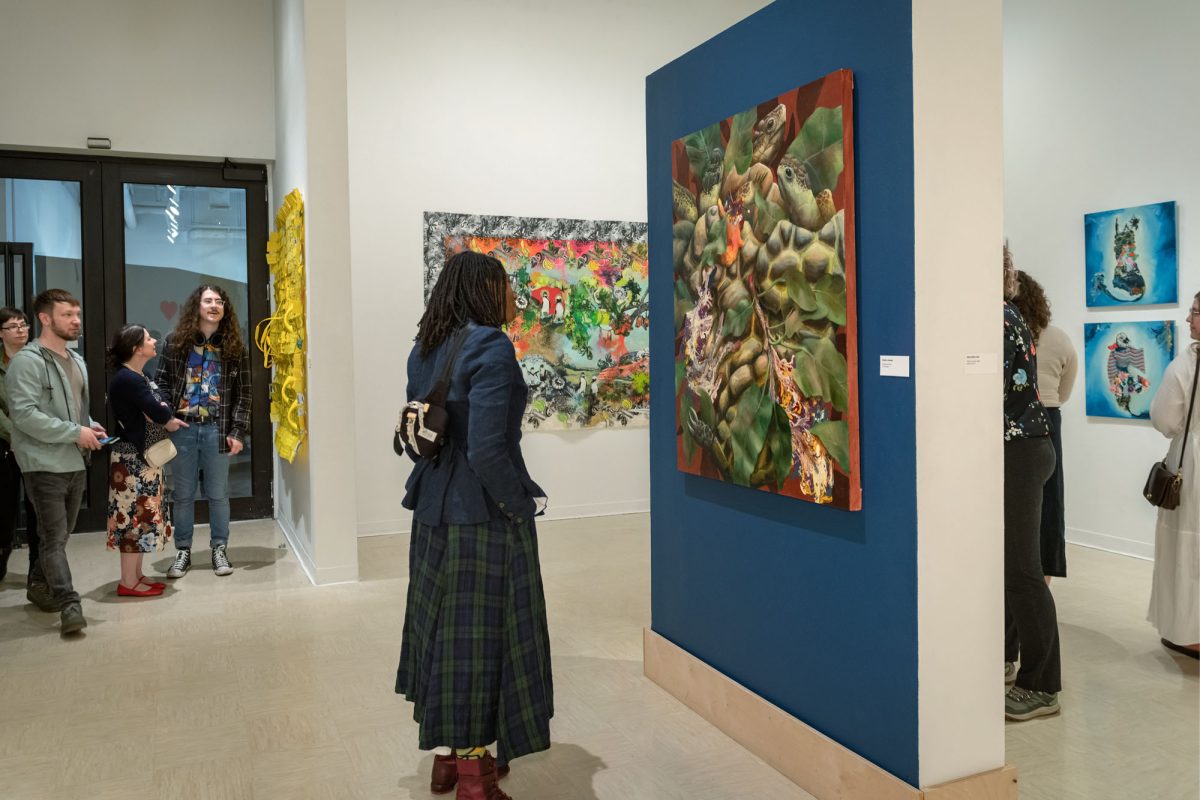All last week, Chinese culture was put on display by guest speakers as well as the faculty of our own University for China Week.
Presentations were given about Chinese gardens, art, language and culture, and opportunities to study abroad and teach in China were offered. Delicious, authentic Chinese food was also prepared for all to enjoy. And no, I’m not talking about takeout from P. F. Chang’s or House of Hunan.
On Wednesday, Professor Jana Russ from the University’s Departments of English and History gave a presentation on calligraphy and the literati culture. Dr. Bill Lyons, professor of Political Science, gave a presentation on the Chinese language, explaining the countless characters and sounds as well as proverbs that are compatible with sayings in America. He taught his audience how to count to ten in Chinese, as well as the phrase Throwing stones at someone after they have fallen into a well. Sound like a familiar American saying?
Kimberly Kirkendall, part founder of China Resource Network and president and CEO of Office Outsource, Inc., spoke about the major cultural differences between the American and Chinese cultures. Her presentation, titled American Business Struggles in China – Why? shed light on the misconceptions that the Chinese and Americans have about each other. She explained that in business, the Chinese speak in a commitment language, whereas Americans communicate in a challenge language.
When forming bonds with others, even in business, the Chinese want to spend time building a strong relationship and understanding with their potential partner. While Americans are constantly rushing to simply take care of business and do whatever it takes to fix any problems along the way, the Chinese put major emphasis on making things run smoothly, while simultaneously making sure the relationship remains stable.
Dr. Juan Xi, assistant professor from the Department of Sociology, spoke on China’s population in regards to growth in numbers as well as diversity. She explained the issues that the One Child Policy has created for the country.
Since the Han Chinese were permitted to give birth to so few children for so many years, the population of the young working class has declined considerably. Students who are concerned about finding a well-paying, full-time job here in America after graduation might pick up a Chinese class next semester and perhaps study abroad before grabbing that diploma. America’s economy may be rough right now, but China is in desperate need of workers our age. As America’s melting pot is continuing to add more ingredients, China is adding more ethnic groups as well.
There are currently 56 ethnic groups represented in China who are learning how to live together with people with different backgrounds said Dr. Xi.
“











